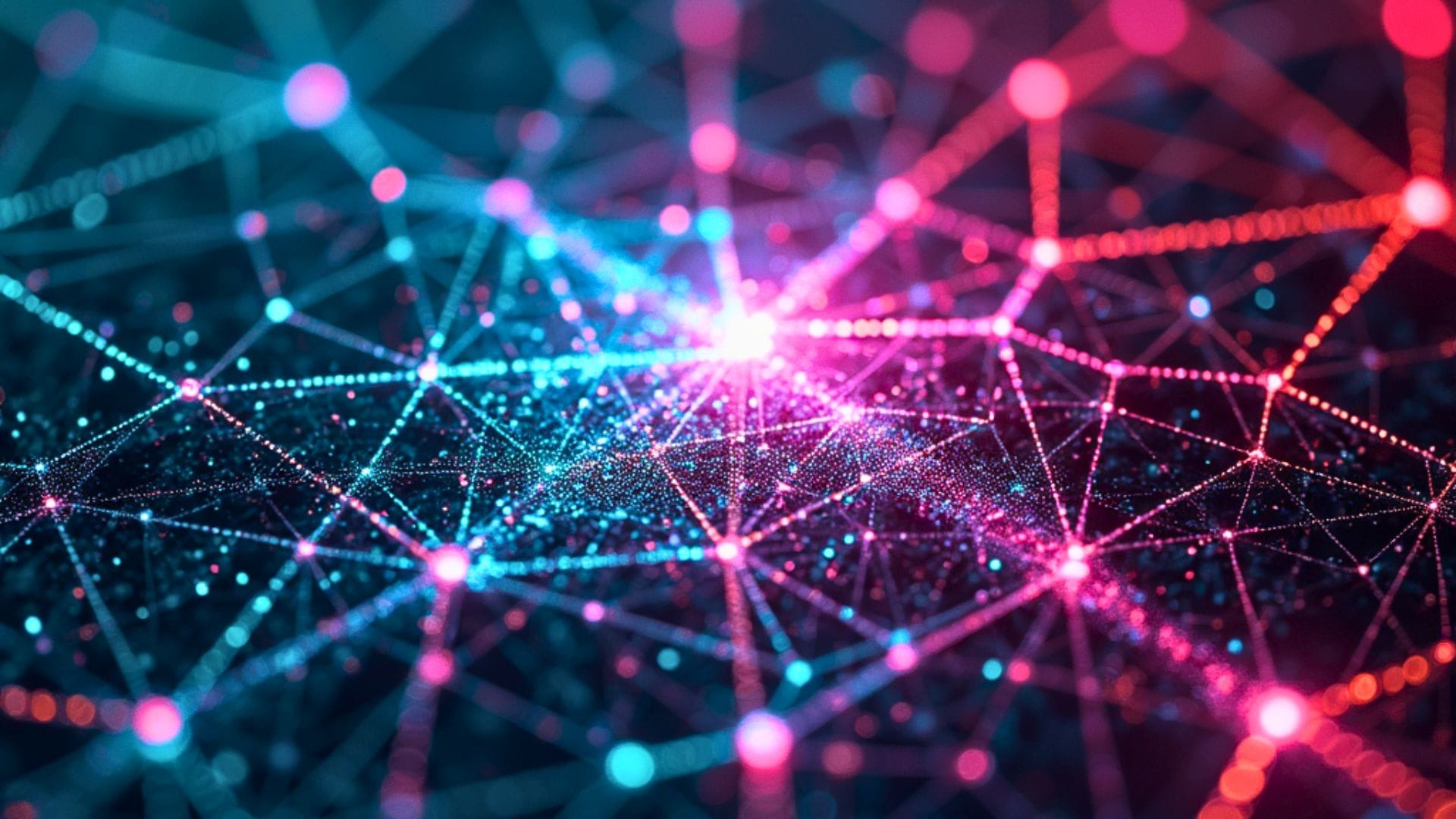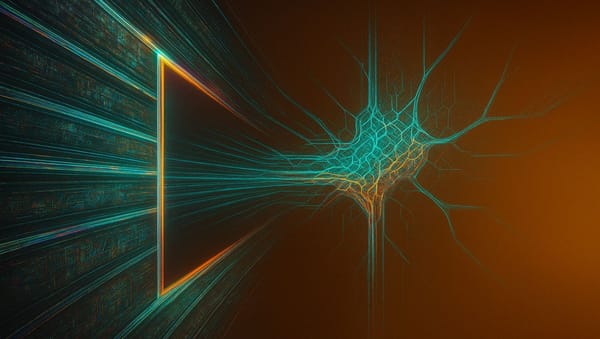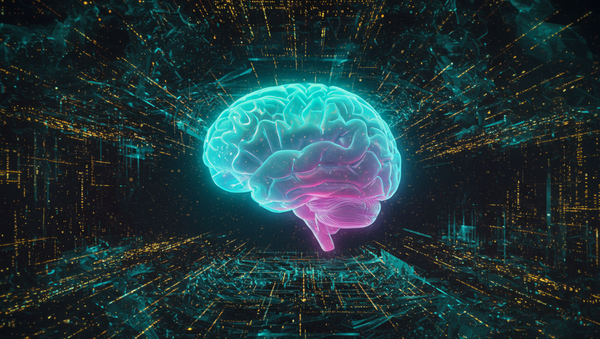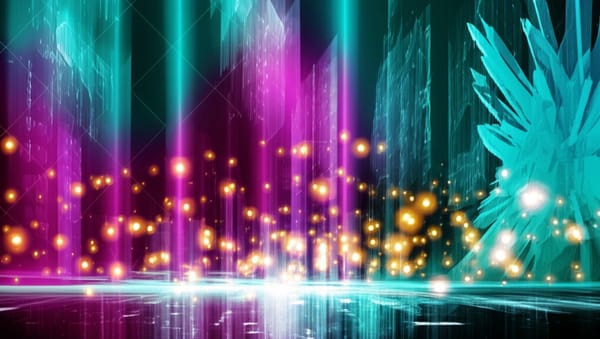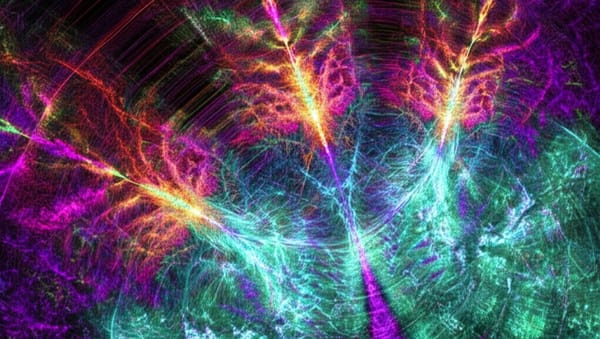Claude's Evolution Accelerating: New Models Arriving Faster Than Hardware Cycles
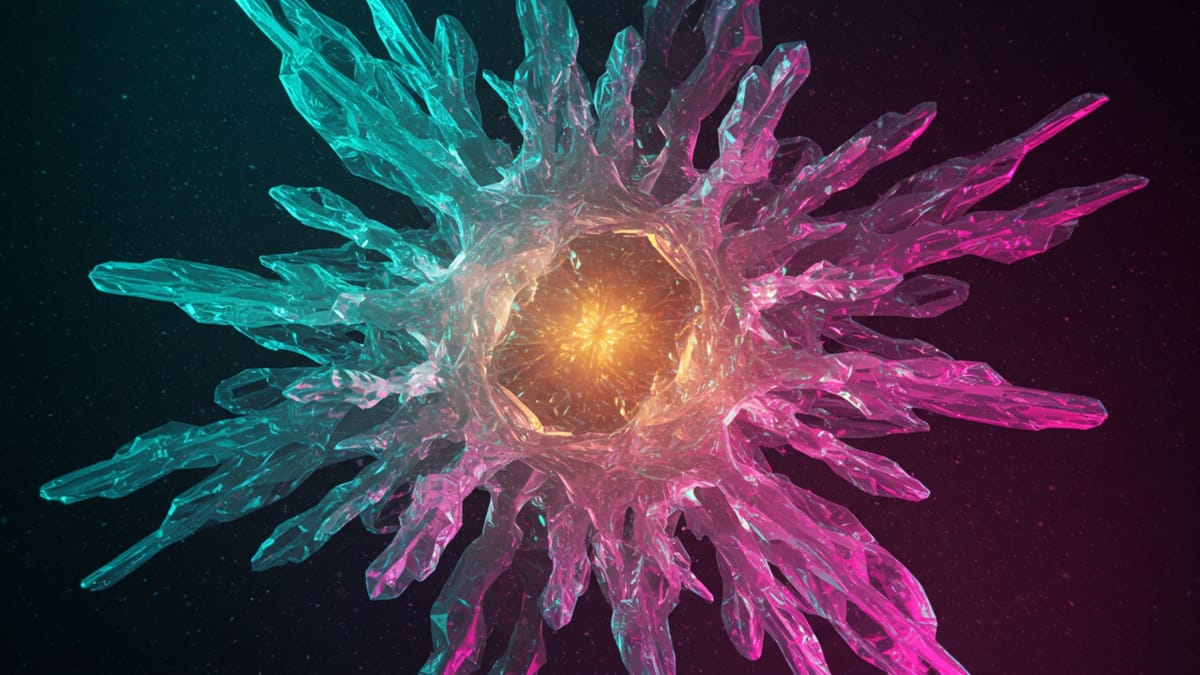
"I think that we should expect a new generation of Claude models in not too long, certainly the next six months or so," said Anthropic's co-founder and chief scientist Jared Kaplan in a recent interview, indicating a significant acceleration in the company's model iteration cycle.
End of Miles reports this timeline suggests Anthropic is maintaining an aggressive development pace despite Claude 3 being released just over a year ago, with Kaplan emphasizing that model development cycles are becoming even faster than hardware upgrade cycles.
Model cycles outpacing hardware development
The AI researcher explained that while companies like NVIDIA have moved to annual chip release cycles, the pace of model development is even more rapid. "I think that the Model cycle is even faster than the hardware cycle," he explained, suggesting a fundamental shift in how frontier AI development progresses.
"That's basically going to continue and it's both because we're improving sort of post-training or reinforcement learning training Claude on more tests and because I think we're we're able to improve the efficiency and intelligence from pre-training." Jared Kaplan, Anthropic co-founder and chief scientist
What drives faster model releases?
Kaplan described Anthropic's development cycle as "measured in months rather than years," challenging previous assumptions that frontier AI models would follow a 2-3 year development cycle similar to semiconductor generations. The computer scientist pointed to three key factors enabling faster iteration: improvements in pre-training, advances in reinforcement learning, and algorithmic innovations that reduce computational requirements.
When asked about the timeline between major model generations, the Anthropic scientist characterized development as more of a "continuum" than discrete generations:
"I think it's really it's more of a Continuum... maybe it doubles every 18 months or something like that. I think with AI it's faster than that." Kaplan
Implications for AI development trajectory
The physicist-turned-AI researcher emphasized that Anthropic's willingness to release new models has less to do with arbitrary timeframes and more with delivering significant improvements. "Every time we think that there's a significant improvement that we can deliver in Claude... we're expecting to ship it," he noted.
This accelerated timeline aligns with Kaplan's broader prediction that human-level artificial intelligence will arrive sooner than previously anticipated—possibly within 2-3 years rather than by 2030. The rapid model release cycle suggests that competition in the frontier AI space continues to intensify, with companies like Anthropic feeling pressure to continually improve capabilities.
As Claude continues to evolve, the AI research director indicated that improvements will come from multiple directions: extending **context length**, enhancing reasoning capabilities, and training on increasingly complex tasks. With the recent introduction of Claude 3.7 Sonnet's "thinking mode," Anthropic has already demonstrated how granting AI systems more time to think can dramatically improve performance on difficult problems.
